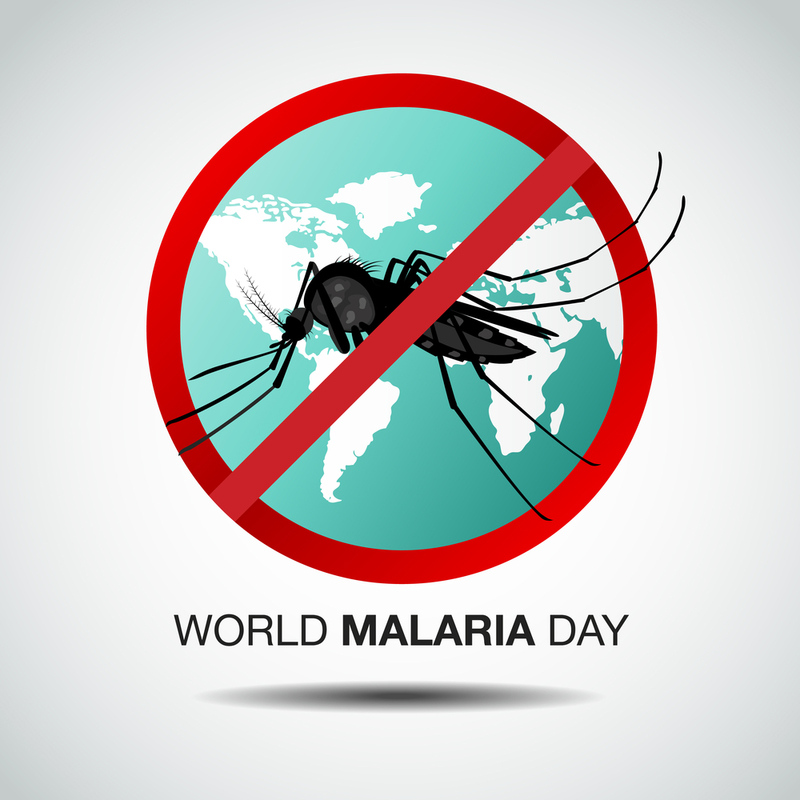World Malaria Day 2018: Is India ‘Ready to Beat Malaria’ by 2030?
M3 India Newsdesk Apr 25, 2018
World Malaria Day (April 25th) is here and this year WHO along with its partnership organizations has announced its theme to be ‘Ready to Beat Malaria’, but recent research conducted in India points to a drastic shift in the parasite incidence in endemic areas, becoming a hindrance to the end goal.

The WHO theme 'Ready to Beat Malaria' resonates the unending efforts put in by many countries to lower the global disease burden of Malaria, and also hovers around a few troubling insights from the 2017 World Malaria Report. The report comes just one year after the WHO Global Technical Strategy for Malaria 2016-2030 (GTS), the Roll Back Malaria Advisory Plan, and the Action and Investment to Defeat Malaria 2016-2030 (AIM) and reveals that at the current pace, it will be hard to achieve the 40% reduction GTS is aiming for by 2020.
In India alone, the situation is far from what it should be. The 2017 report tracked malaria programmes in countries, research, and progress in all areas of malaria control.
India ranks third in the global disease burden and first for P. vivax incidences. Apart from that India also fared very low on the malaria surveillance system with only 8% cases being detected via surveillance systems. India also accounted for 47% of malaria deaths globally.
And now, a new study has confirmed a shift in the distribution of the parasites that cause the disease. Off late, the number of severe infections has increased over the milder ones. Earlier, P. vivax was the most common malarial parasites doing the rounds, but now a deadlier form of the parasite, P. falciparum is taking over. There are also cases of 'mixed infections', where a patient gets infected by one or more of the malarial parasite.
To test the shift in pattern occurrence in the country, researchers from National Institute for Research in Tribal Health, Jabalpur tried to map the malaria parasite prevalence in endemic regions of the country. The results from the study were published in PloS One recently. Researchers tested 2333 malaria symptomatic individuals in 9 states of the country and conducted all diagnostic tests on them- microscopy, rapid diagnostic test, and PCR assay.
Of all the samples assayed, researchers found major shifts in the distribution of parasites and also a higher prevalence of mixed infections in central and southwest regions.
The northern and southern regions continued to show high number of P. vivax and no incidence of P. falciparum. The latter turned up a lot more in test samples collected from Eastern India and in North-East India showed a somewhat equal incidence. This turned out to be quite surprising, because traditionally P. vivax in India has contributed to the major disease burden. Mixed infections comprised of 13% of samples assessed and were found to be more prevalent in Central and South West India, while also showing up in samples collected from Odisha, the malarial epicenter of India.
Though the study was conducted on a larger number of samples, researchers have expressed the necessity to expand it to cover all areas in the country. The mixed infection burden at 13% is a significant number and if not probed soon enough can cause major hindrance to the work of National Framework for Malaria Elimination (NFME) which aims on eliminating the disease by 2030.
Furthermore, control or elimination of the various malarial parasites in the country would only be possible with the availability of more data, a strict surveillance system, and early report and warning of epidemic outbreaks.
Read the original paper here.
-
Exclusive Write-ups & Webinars by KOLs
-
Daily Quiz by specialty
-
Paid Market Research Surveys
-
Case discussions, News & Journals' summaries